Most people correctly assume that cows see things differently to humans. After all, their eyes are on each side of their head. But, have you ever considered putting yourself in a cows “hooves” so to speak? Understanding exactly what cattle see and how they see, should not be OVERLOOKED. (SEE the pun) especially when approaching or when handling them. Let’s SEE why, with….
6 things to LOOK OUT for when in contact with bovines
1. Without moving their head, cattle are able to see a wide view of their world. They have 330′ vision – or – PANORAMIC VISION which is even broader when their head is down and they are grazing.
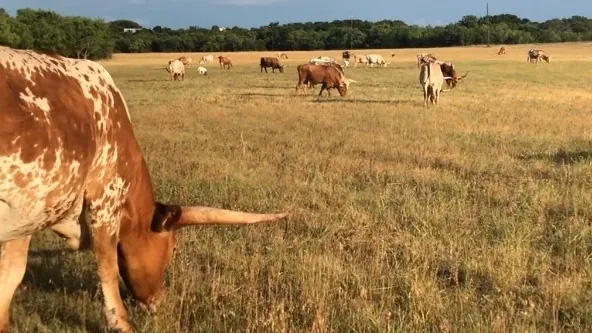
2. Cattle can see movement around them with each eye on the side of their head. Using one eye to see, cattle have MONOCULAR VISION
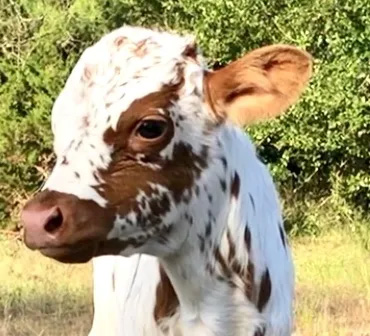
3. BINOCULAR VISION, using both eyes to focus on one object, enables a cow to see things more sharply. She will also have a better perception of depth, how fast an object is traveling and how far away it is.
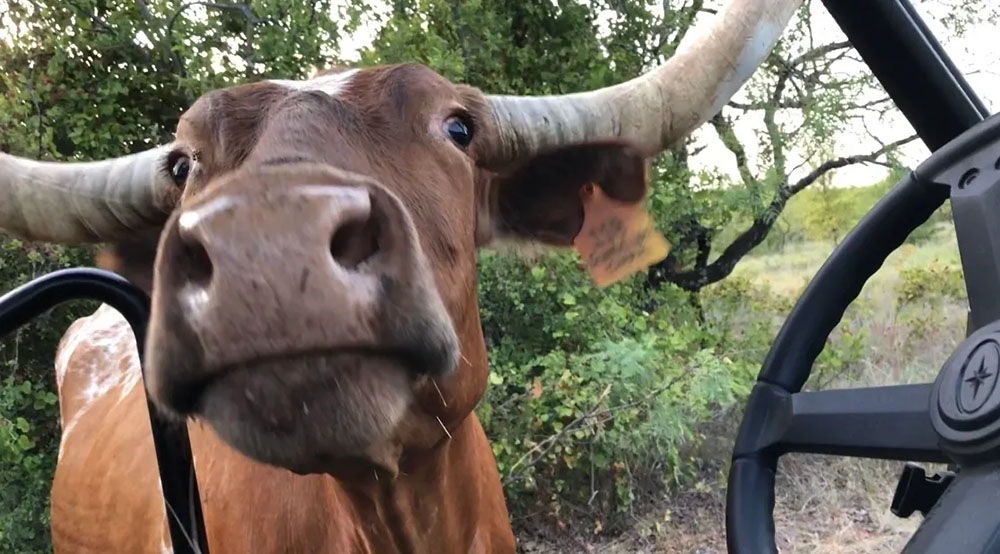
4. Cattle have weaker eye muscles than humans. Cattle are not able to focus automatically in 3D like we can nor can they tell distance as well as we can.
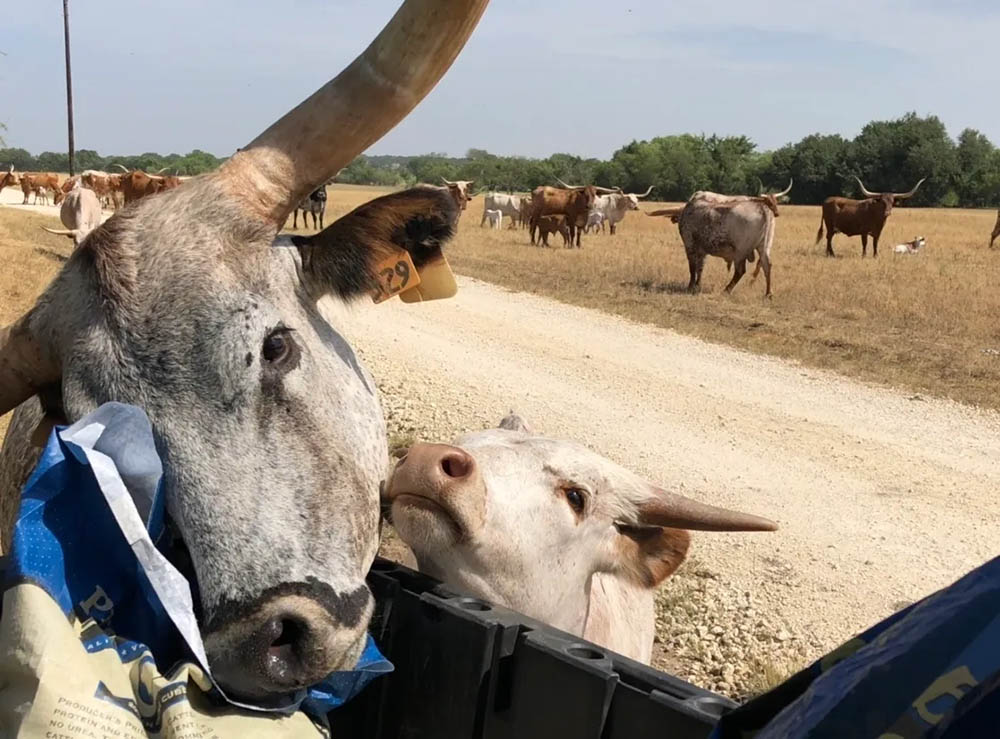
5. They see color and light differently too. Cattle will move out of the shadows to see things more clearly but their eyes are also very sensitive to very bright light.
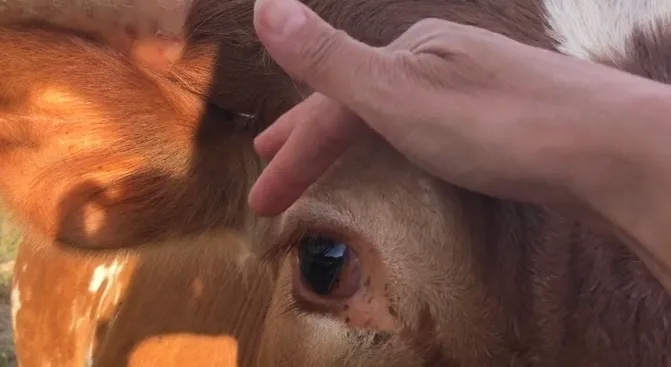
Temple Grandin is a professor of Animal Science and a consultant of Livestock Management. She advocates ways to reduce the stress levels of livestock. She believes that it is important to understand what a cow sees and hears in order to keep her calm when she is handled or when she goes through a chute.
Ms. Grandin emphasizes therefore, that to prevent panic in bovines it is very important to eliminate shadows, corners and bright lighting when designing cattle handling facilities.
In addition, be mindful of coats hanging on a fence , chains jingling, anything flapping or even a car parked where it should not usually be.
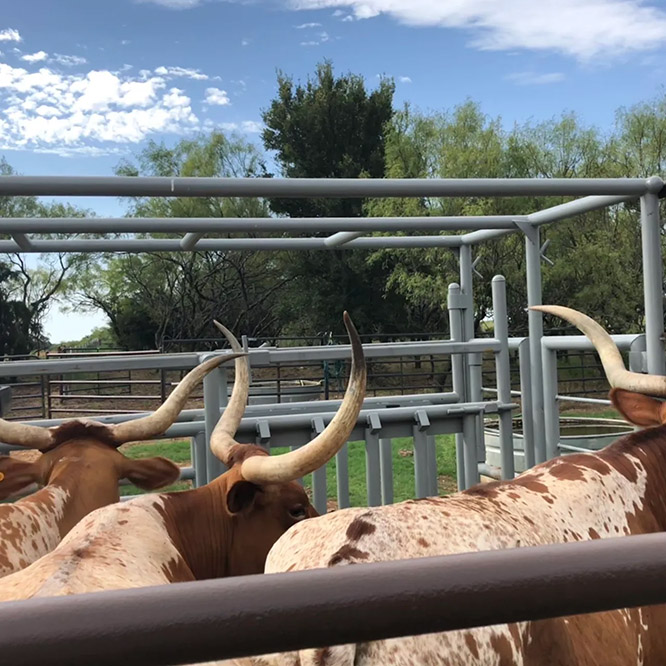

6. Another Important consideration is understanding cattle’s ‘flight zone’.
Temple Grandin’s theories acknowledge things from an animals perspective. The Flight Zone is based on a cow’s wide angle vision. The circle of flight will be bigger or smaller depending on how tame the animal is but the point of balance is always in line with the shoulder.
Moving slightly behind will allow the cow to move forward. https://goo.gl/images/vYrHm7
Each one of our Longhorns brings something special to the herd. As a community they are fascinating. We learn more about them everyday. We never imagined how much joy they would bring into our lives. We also enjoy hearing from you. Let us know what you think of our blog and if you are also lucky enough to have cattle, do they behave similarly/differently or in ways that stand out?
Thank you for reading our blog. We look forward to hearing from you either via email cathy@GVRlonghorns.com or on Facebook @GVRlonghorns
Disclaimer: The material noted above is based on our hands- on experience as farmers, as well as our observations of our own cattle over the years. We have done and continue to do extensive research in order to maintain our herd‘s optimum health. We respect our animals and would not approach cattle we do not know. All opinions and statements made on our website are meant as guidelines only. We are not trained specialists in animal behavior, nor are we qualified veterinarians and we urge you to consult a specialist with your concerns.
Content of this blog belongs to GVR Longhorns LLC and may not be copied in any form. ©GVRlonghorns.com All rights reserved.
References:
https://www.grandin.com/behaviour/principles/flight.zone.html
http://www.publish.csiro.au/ebook/chapter/9781486301614_Chapter4

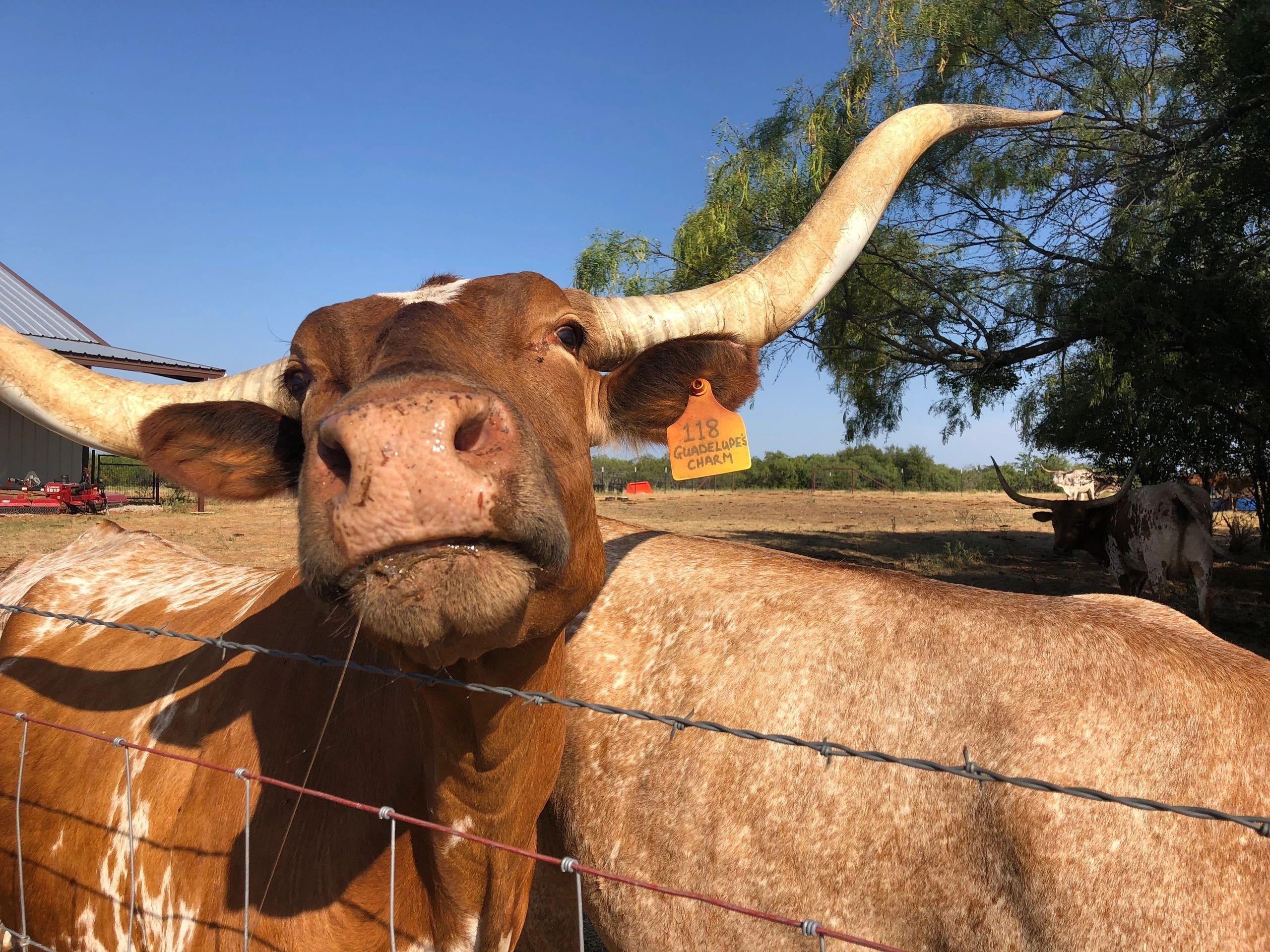
Was a good read. Thank you.
Thank you so much Yuri.